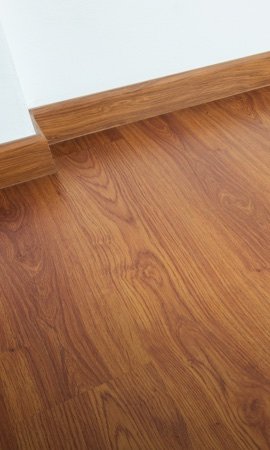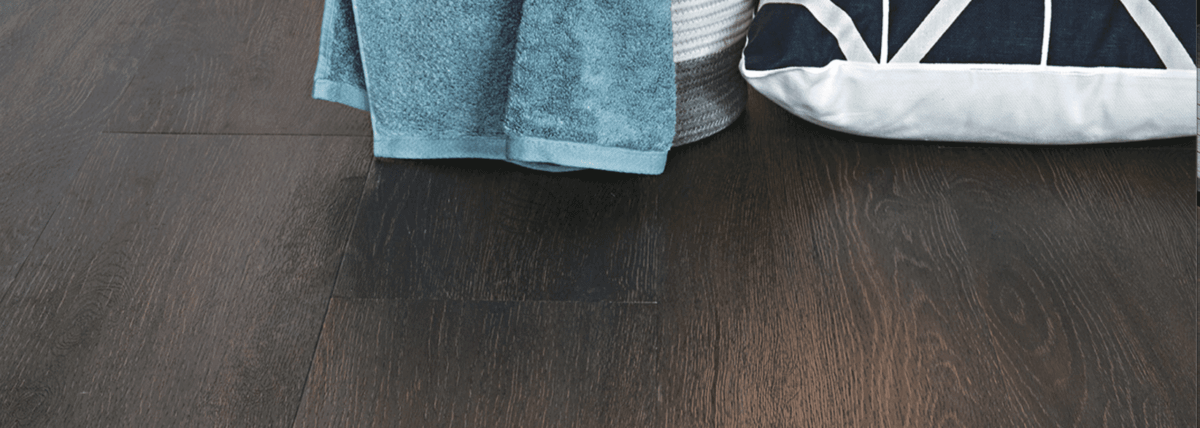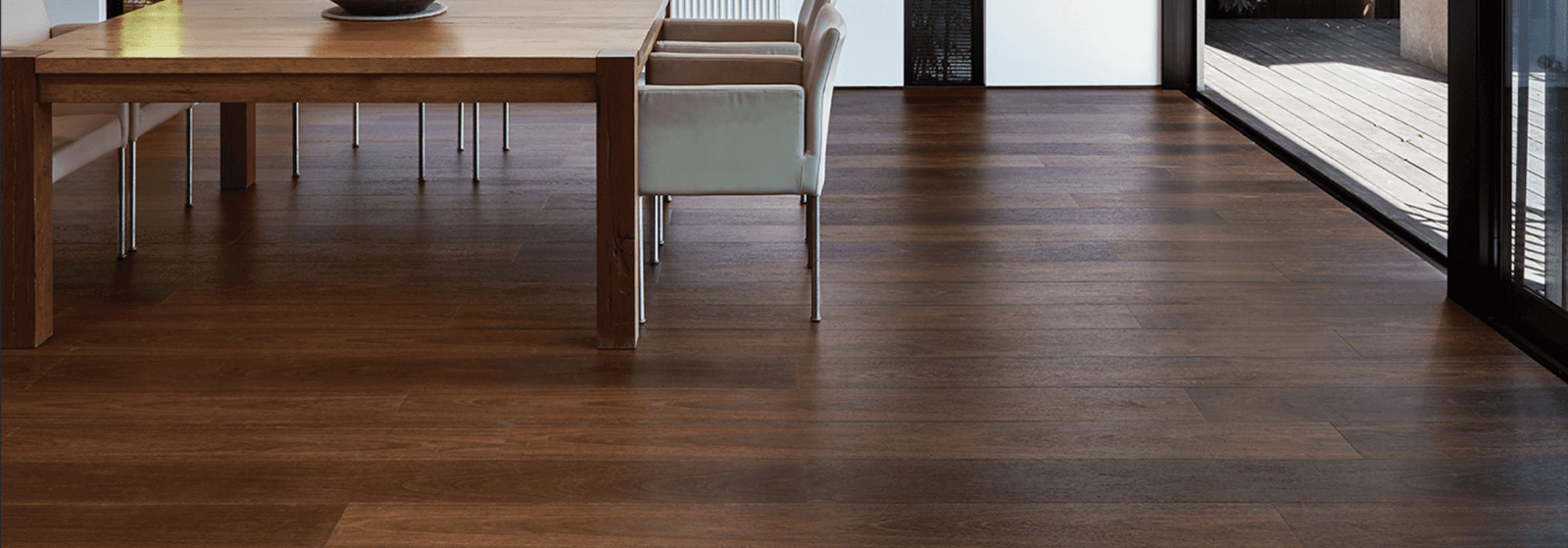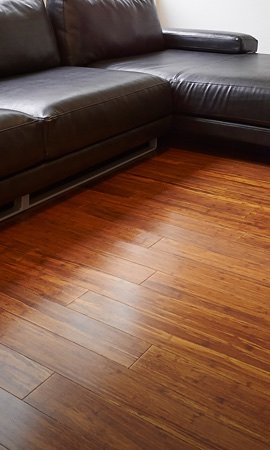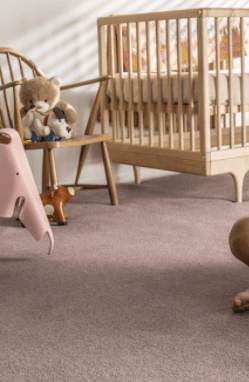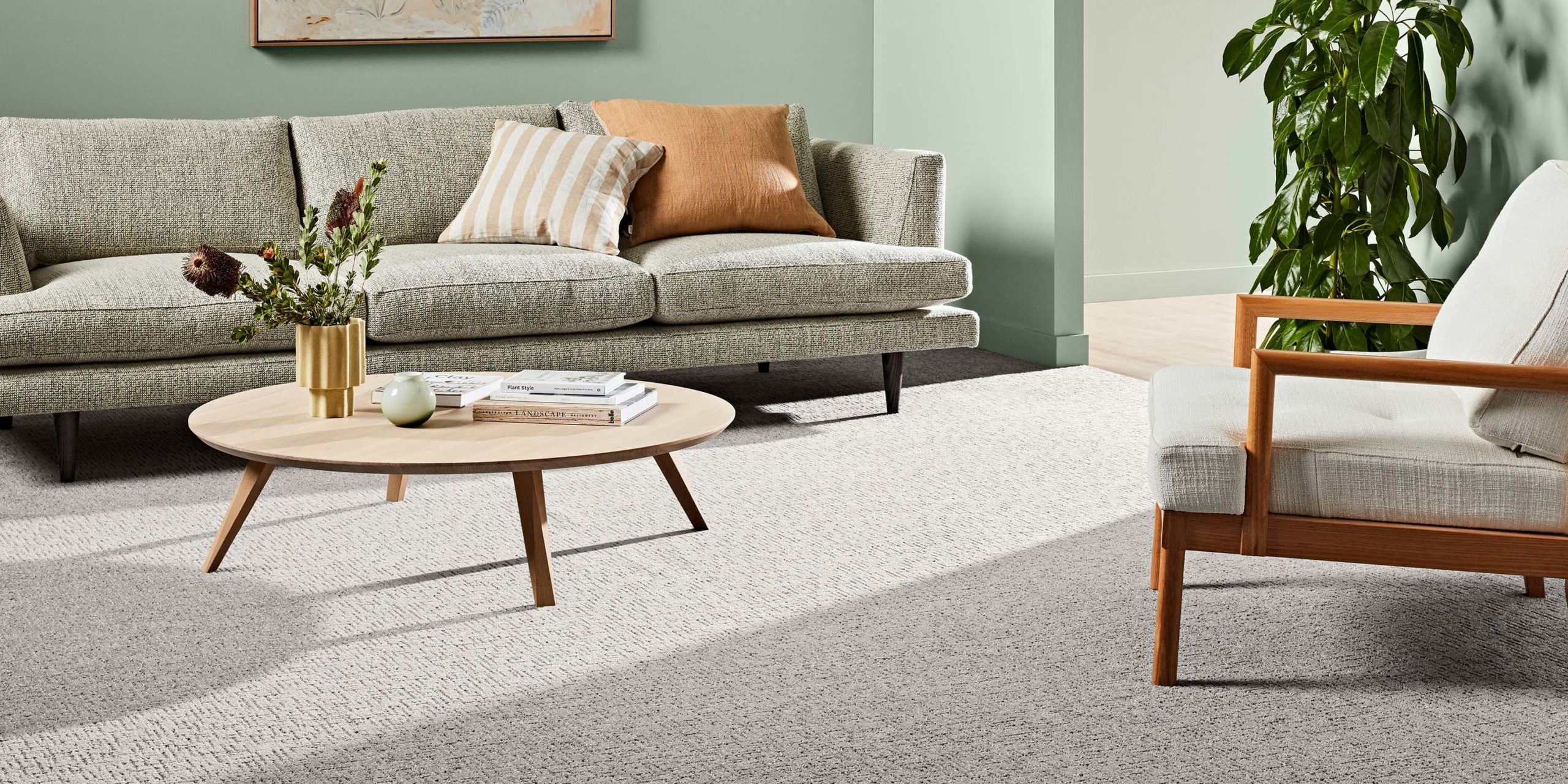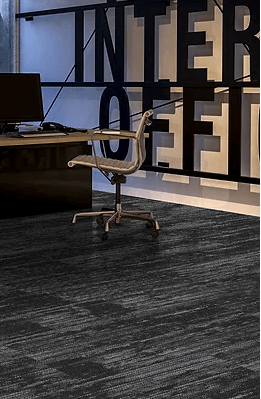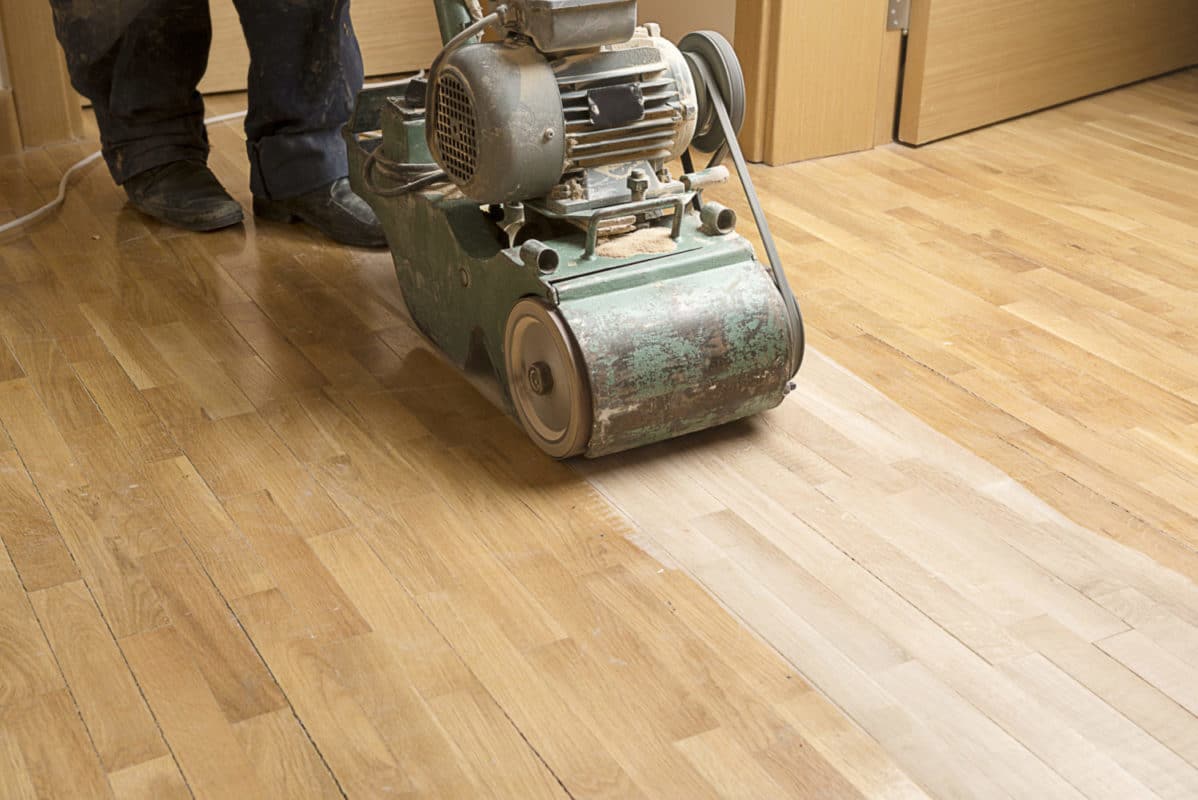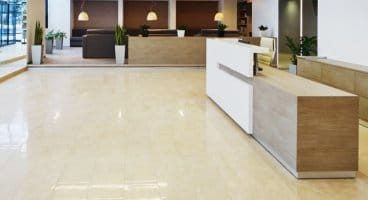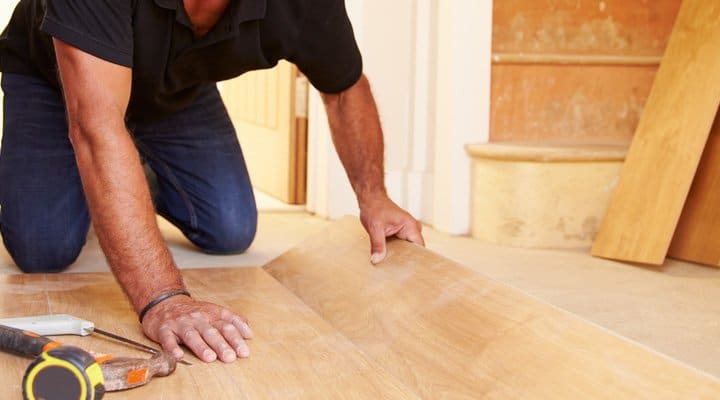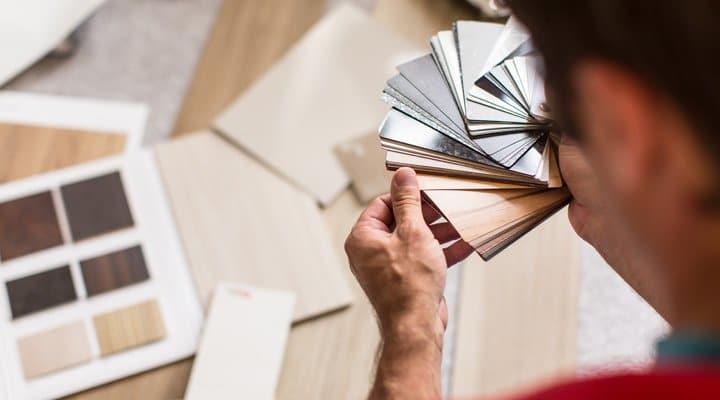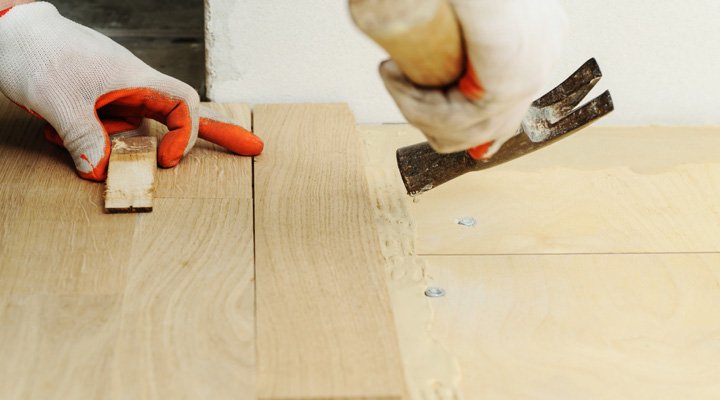

25 Sep Easy ways to protect your timber floor from water damage
Timber is a classic and durable material that makes for excellent flooring in any home. Its sturdiness, however, has some limitations and you should know that water is its number one enemy.
You may not realise it, but seemingly harmless activities at home that involve water, such as mopping, can gradually wear down your wooden floor. Little spills and humid indoor air pose the same threat.
Top Tips for Protecting Wood Floors:
The FloorVenue team have come together to round up some tips that will help protect your timber floor:
1. USE RUGS
This may be the easiest thing to do. Place rugs in areas around the house where spills and other water-related dilemmas are more likely to happen. These include the kitchen, dining area and bathroom doorway. Similarly, place a rug in front of appliances where there are water leakages, such as refrigerators and air conditioners.
2. SEAL IT
Make your timber flooring resistant to water by coating it. Coating finishes seals the wood, preventing it from absorbing water and moisture. You may also wax the floor. But before applying it, make sure that the wax suit the type of finish. Some finishes, such as urethane-based products, react adversely with wax, making the reapplication of a coating necessary on an almost yearly basis.
3. CLEAN IT PROPERLY
Cleaning the wood floor properly will surely extend its life, but do not use harsh materials, such strong detergents and chemicals. Doing so heightens the risk of staining. Do not resort to power washing when dealing with stubborn stains. Call in a professional instead.
4. FIX THE PLUMBING
Constant leaks can damage your timber floors. Address this issue by having your plumbing system fixed. Fix the broken pipes in the bathroom and kitchen. Similarly, fix your appliances that have water running in them, such as refrigerators, air conditioners and dishwashers.
The effects of water damage can be very difficult to remedy, so it would be practical to carry out simple measures to protect your timber floor.
Where To Not Install Timber Flooring
Still deciding on your flooring? It is important to understand where to install timber flooring, and more importantly – where to not. Areas with higher moisture levels are not recommended.
We recommend not installing timber flooring over wet areas including:
- Bathrooms
- Kitchens
- Laundry
- Bar areas
- Toilets
- Kitchenettes
For more tips on buying and maintaining flooring materials, visit our blog section regularly. We also have a very comprehensive article on ways to prevent and fix water damaged flooring. Feel free to contact our customer service associates for more information about our products and services.

